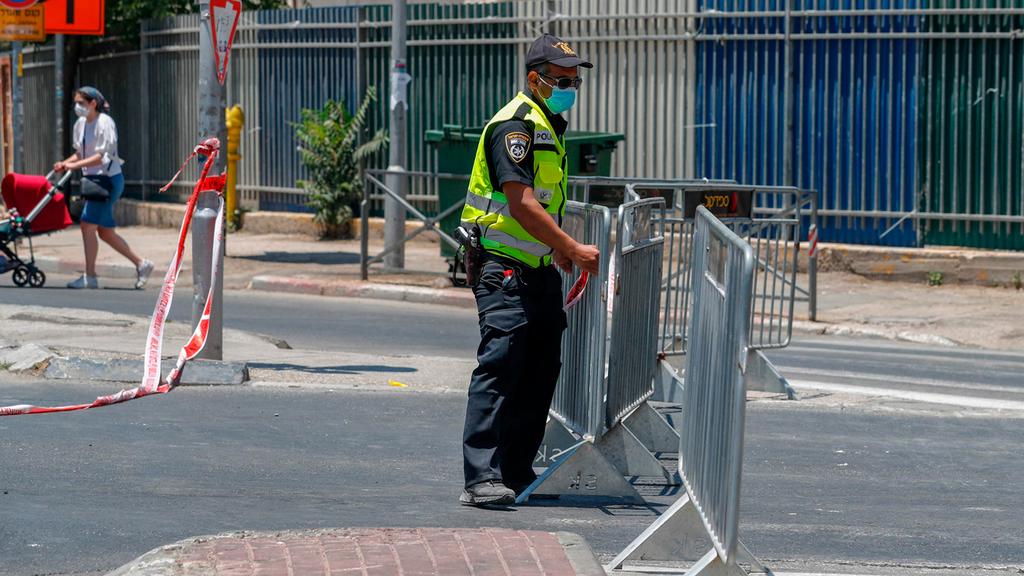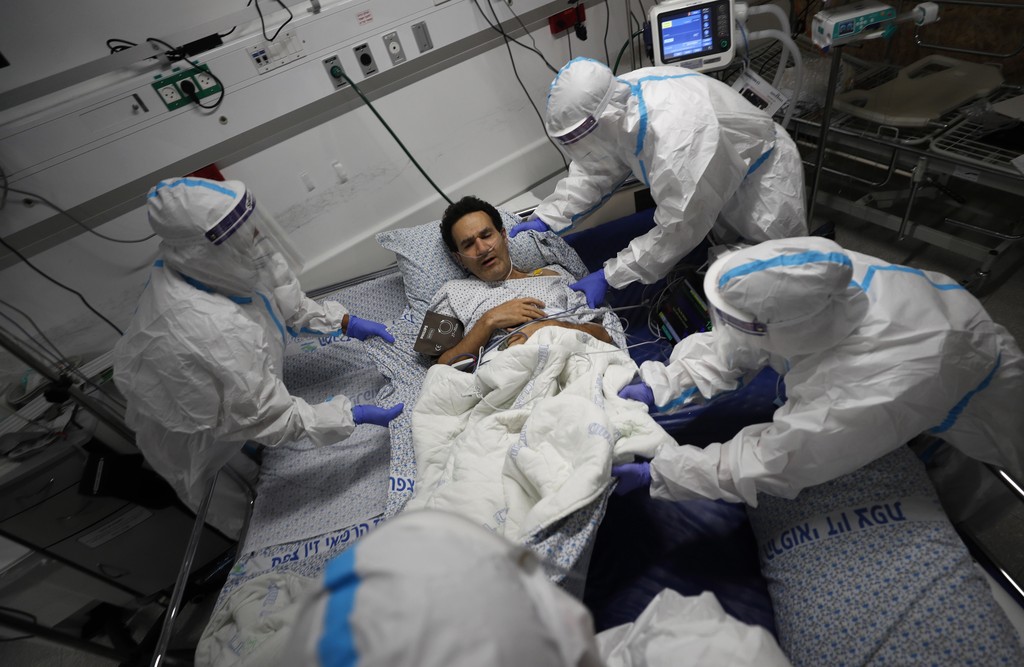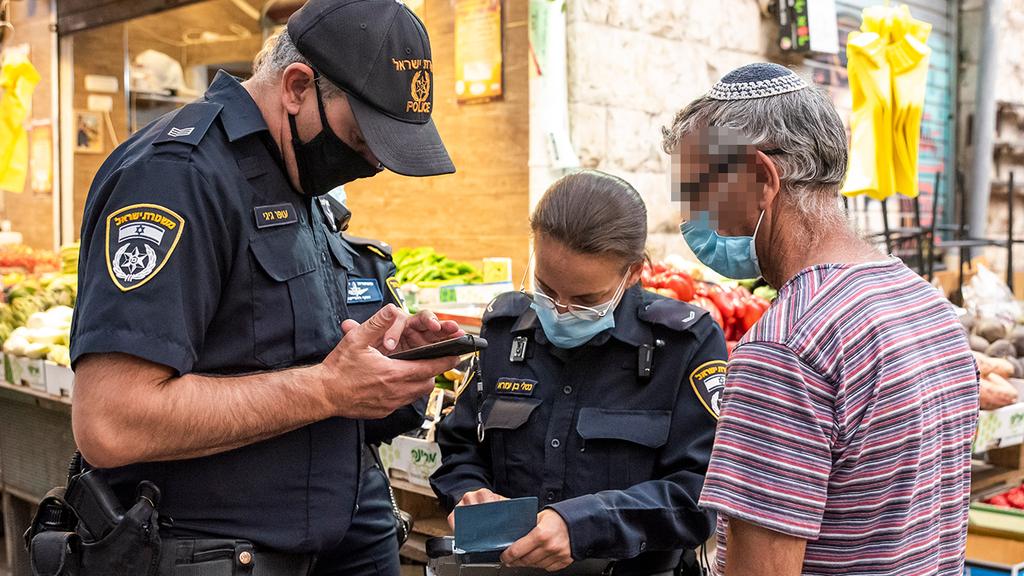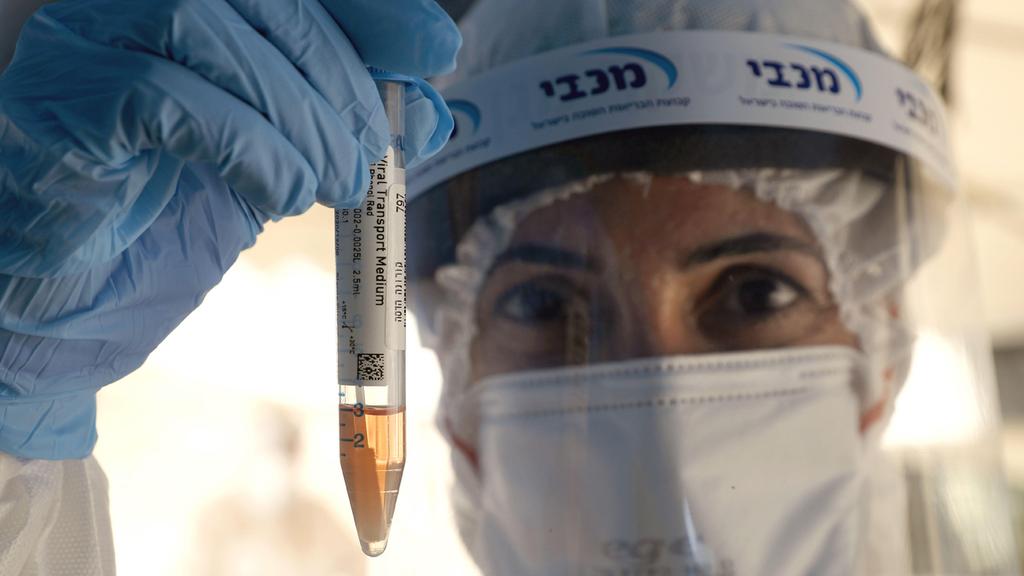The Israeli government is currently planning to impose severe restrictions on the population in an effort to combat the rising numbers of confirmed coronavirus patients throughout the country.
Last week, the number of critically ill patients grew by an additional 206 cases, compared to 100 additional cases just the week before, and 42 two weeks ago.
This means that the number of critically ill patients is growing exponentially. If this trend continues, the number of COVID sufferers in grave condition could top 1,000 by August. So many patients would certainly put a strain on the country's health care system.
We should never have reached this point. The government received many worthy suggestions, including from the Weizmann Institute team advising Israel's National Security Council, of which I am a proud member.
But there is no point in crying over spilled milk - although the suggestions that have been made thus far might prove crucial in the near future as well.
This is certainly the case with the calls to reduce the time it takes to receive the results of a coronavirus test and to form a body to locate and isolate all those who have come into close contact with confirmed patients.
Analyzing how and why we have reached our current situation is important, mainly to prevent the outbreak from deteriorating further for it is far too late to stop its second wave.
6 View gallery


A police barricade in an ultra-Orthodox neighborhood of Jerusalem under closure
(Photo: AFP)
The newest string of government restrictions includes imposing partial lockdowns in one form or another, and shuttering certain activities.
Unfortunately, we lack the data to see how effective these steps will actually be against the spread of the virus and we have no way of knowing to what degree a weekend lockdown will actually work.
We also cannot know which businesses pose a greater risk of infection, since we do not have an investigative body to rely on. This means that the shuttering of businesses will not be based on any sort of real data.
Amidst this hazy information, I want to propose an alternative to a general lockdown. I will say upfront that this is not a good alternative - it is actually appalling and it does discriminate against certain sectors of society.
Still I believe it is a better option than a general lockdown, and will serve to lift the threat hanging over Israel's healthcare system.
6 View gallery


A medical team at Ziv Hospital in the northern city of Safed carries out a simulation ahead of the re-opening its coronavirus ward, July 9 2020
(Photo: EPA)
My proposition can be divided in two:
1. Full isolation of at-risk populations, such as those who are aged 60 or over
2. The continuation of restrictions on gatherings, with no more than 10 people in confined spaces and no more than 20 in open areas
In my opinion, adhering to these two steps will allow the economy to remain open. And while not everything will return to normal, partial trade will at least continue.
The positives of my suggestion are hard to ignore. It lifts the threat of the health care system collapsing, as 80% of the critically ill are over 60.
While imposing limitations on gatherings for the rest of the population might seem like an extreme step, it will serve to limit the rate of infection.
And when we get to a digestible number of new daily cases, such as 400, we can gradually remove the restrictions on both the general public and at-risk groups.
Data shows that those who are in at-risk groups are already taking cautionary measures and are already in a form of lockdown.
6 View gallery


Police enforcing mask regulations in Jerusalem's Mahane Yehuda Market
(Photo: Shalev Shalom)
We can see the efficacy of this when we look at the infection rates - only some 10% of infections are found in the over-60s, while they actually comprise 15% of the population.
Furthermore, the rate of new daily infections in the over-60s remains the same as during the first wave of the virus, while the rate of infection in the under-60s is two or three times higher than it was during the first wave.
Another benefit of my plan is that it allows maximum economic functioning, including the continued operation of the education system, which in turns allows parents of young children to go to work.
Even in the worstcase scenario, if this model is wrong and the rate of infection among younger members of the population does not drop as anticipated, the number of new critically ill patients should not rise dramatically.
Should that happen, we can take more drastic action. At this point, however, that situation can still be avoided.
I will again acknowledge that this is not a good solution. It is unfair and discriminates against certain age groups and such a plan must from the outset include economic support for those it discriminates against.
The alternative of general closure for all is still far worse.
6 View gallery


The settlement of Beitar Illit was placed under full quarantine as its infection rate soared
(Photo: Eli Mandelbaum)
In any event, we must wait before taking any further measures, including the one proposed above. There has been a positive downward trend over the last few days, which may point to an improvement in our situation and avoid further restrictions being implemented.
The definition of who qualifies as a critically ill patient has been broadened recently, which may also have something to do with the recent increase in the number of critically ill.
Additionally, the infection rate among the over-60s is significantly lower than the infection rate among the country's younger population, meaning the number of critically ill patients may only slightly increase rise in the coming days.
Similarly, the government's restrictions only came into effect a few days ago, and it may be some time before we see their true impact.
While it is worth waiting before taking additional steps, discussing those steps should begin at once. And it is vital to include in the discussion the entire population, especially the ones who will be affected the most by new restrictions.



